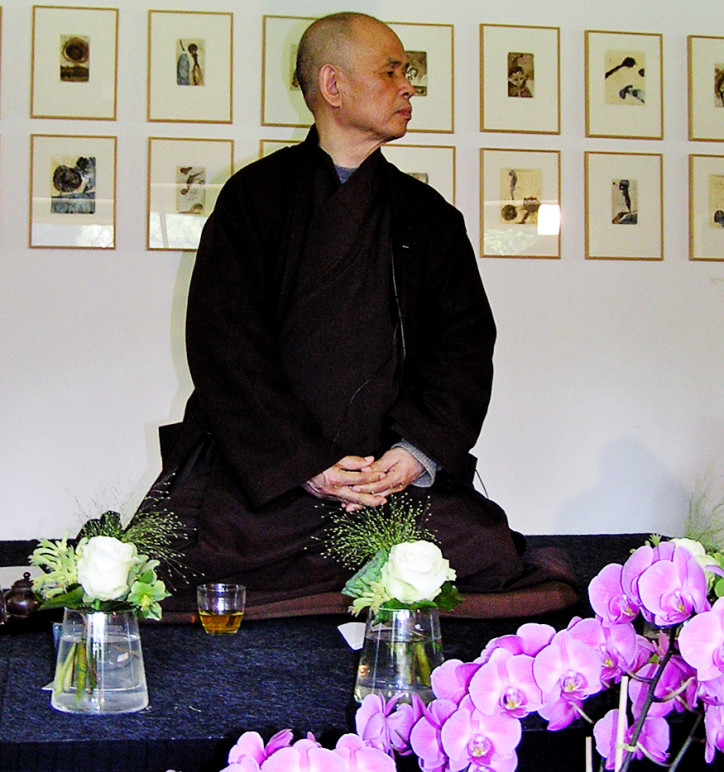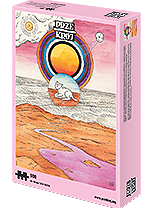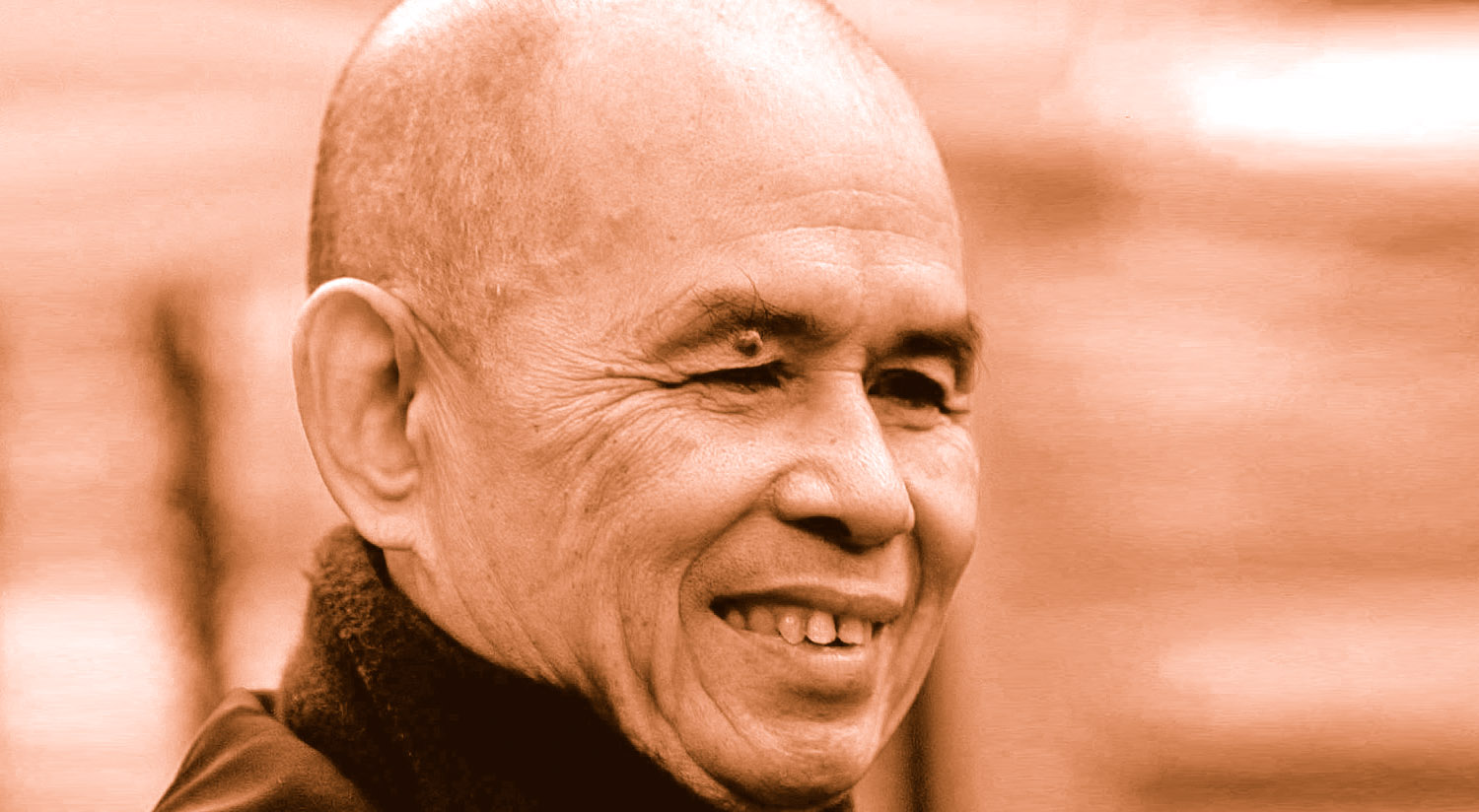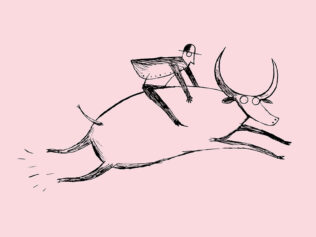
Thích Nhất Hạnh passed away in late January 2022. A Vietnamese Zen master, peace activist and mindfulness teacher, he was nominated to the Nobel Peace Prize by Martin Luther King, Jr. himself. A proponent of deep ecology and engaged Buddhism, he penned over 100 books. Still, he was forced to live abroad for over 40 years.
Alongside Shunryū Suzuki from Japan and Seungsahn from Korea, Nhất Hạnh was one of the great teachers who introduced Buddhism to the West in the 1960s. One week after his death, I set out to write this column at the Từ Hiếu Temple, where he began his Zen training as a 16-year-old boy and returned several years ago to spend his final years. According to his wishes, he was cremated here, too.
He will be remembered primarily as the creator of the mindfulness method, which has been hugely successful in the West, yet has proved to be somewhat objectionable. As it turns out, the practice of mindfulness dovetails with such aspects of Western culture as the cult of efficiency and personal success. Capitalism has quickly appropriated this technique of meditation, converting it into another instrument of multiplying profits. This suggests that meditation techniques in themselves do not automatically entail developing more ethical or empathetic attitudes. To my mind, in contemporary Western culture, where almost everyone practices this or that, it needs to be repeated ad nauseam that without deep, hard and continuous work on one’s egotistical limitations, spiritual practices can only be superficial.
The power of empathy
As we bid farewell to Nhất Hạnh, it is worth recalling that the concept of mindfulness was born during war-time as a technique for building peace. In Fear: Essential Wisdom for Getting through the Storm (2014), Nhất Hạnh recollects the following scene: when the war in Vietnam was raging, he was waiting at a desolate, makeshift airfield to be transported to Đà Nẵng, a city afflicted by flooding. Nhất Hạnh was accompanied only by a single US soldier. The monk detected fear in the young American, who had been sent to a foreign country to risk his own life and take lives away from others. In an effort to alleviate the American’s anxiety, Nhất Hạnh said to him that he must have been profoundly scared of the Vietcong. It was the worst possible opening, because the American became even more spooked. Nearly reaching for his gun, he asked if Nhất Hạnh was actually with the Vietcong. Sensing that his life depended on the reply, the monk tried to overcome his own fear and react with maximum compassion, which proved effective, diminishing the American’s dread and allowing the Vietnamese man to defuse the situation. At least on this occasion, no one had to die.
Certainly, other factors must have been at play, because if the American had been truly ready to kill the monk, he would have done so. In fact, we can never be certain what really happened. However, the very idea of considering your mortal foe with authentic compassion (and not just pity) is radical in itself. Everyone can try it for themselves with regard to someone who has proven to be a real nuisance (but has not even pulled out a gun yet).
There is one detail in Nhất Hạnh’s story that particularly drew my attention: in the described situation, he realized – or at least later recounted it in this way – that he could not reconstruct either the soldier’s motivation or the causal chain of events that led to their meeting. Nhất Hạnh recognized that every interpretation of another person’s intentions must be at least partly wrong. Ultimately, this concerns not only instances of ascribing specific motivations to people, but also most other situations.
This might be the most profound lesson I have drawn from the teachings of Nhất Hạnh: all our conjectures are invariably a little false. Such insight proves challenging, since not being right is probably one of the things people find to be anxiety-inducing to the highest degree. At the same time, it appears almost amusing to discover that, in fact, we never get things absolutely right.
Practising mindfulness
Another popular theme elaborated by Nhất Hạnh was recently recounted by Maria Popova on her blog “The Marginalian”, which I highly recommend. In one of his books, the Vietnamese master outlined mindfulness exercises suitable for everyday life.
Let us consider a simple example, like eating tangerines. Someone who is filled with anger certainly could not appreciate their taste. What would change, however, if we tried to notice the tangerine more fully – not only as a product purchased in a grocery store, but also as the fruit of a certain tree with leaves and roots, which grows in the sun and rain? All these things – tree, sun, rain – are part of the tangerine, which does not exist in separation from them. Its existence can be described using the category of ‘interbeing’, which denotes living in entanglement with other entities and processes on the planet (I discuss this concept more broadly here). The practice of recognizing this should help in developing thankfulness and a different kind of relationship with the fruit we have the luck of holding in our hands than the one defined in strictly consumerist terms. It seems easy to call this attitude naïve, but the same could be said of most simple truths up until the moment when we really try to take them to heart. Then things become complicated.
I practised meditating on the tangerine and arrived at the conclusion that there was still something missing: apart from tree, sun and rain, we should also take into account the various chemical compounds used in the mass agricultural production and transportation of citrus fruits. These include fungicides: enilconazole and thiabendazole. Both of them strongly disrupt the human hormonal system, while the former is probably carcinogenic. In consequence, when holding a tangerine one most probably comes into contact with a poison that is doubtless already present in one’s organism (side note: it is worth washing citrus fruits before peeling). Thus, the sequence expands: sun, rain, earth, tree, enilconazole, capitalism.
Does this mean that Nhất Hạnh’s method is outdated? I would claim the opposite. The presence of potentially dangerous chemicals in our food, water and air constitutes yet further proof that human existence is inseparable from the life of the planet as a whole. The ties between all earthly beings and processes, as well as the need to restore a sense of belonging with the planetary community, are topics that have been recently gaining in popularity. Still, in this case we also find that this fact is easier to articulate than actually embrace.
Implementing this truth in our lives is just as difficult as keeping a level head while arguing and being desperate to be right. Mindfulness remains one way to internalize this tenet, as long as we understand that practising it is merely a means to an end.

Translated from the Polish by Grzegorz Czemiel









